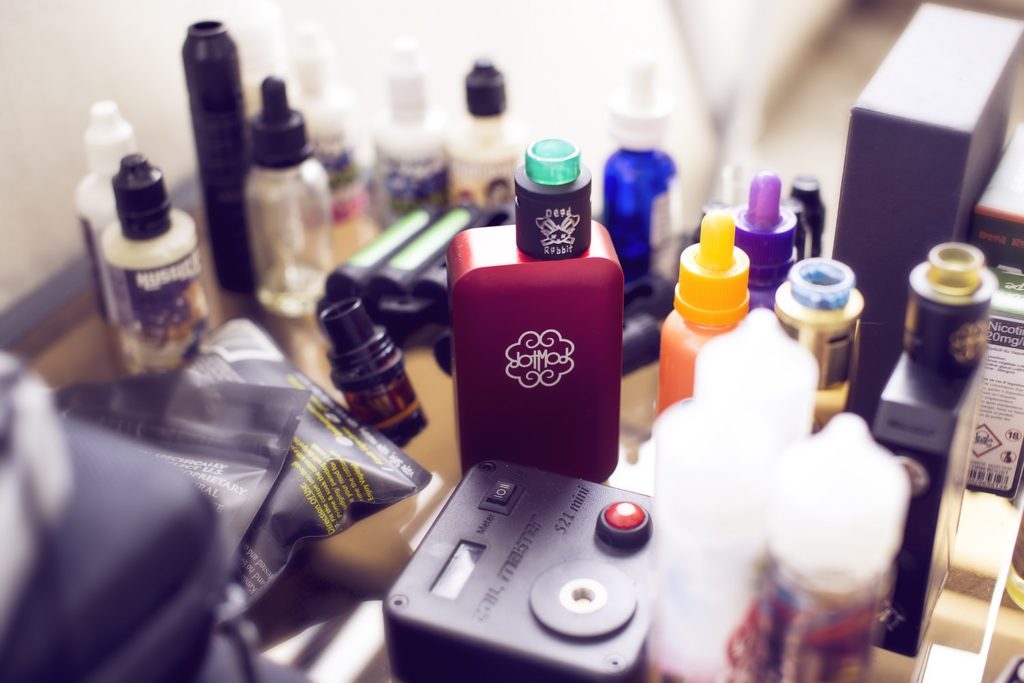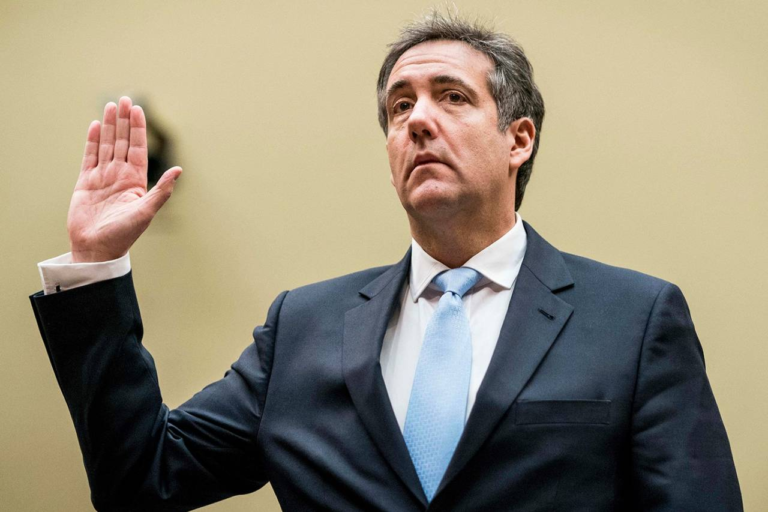
Middle schoolers, high schoolers, and university students have increased their use of e-cigarettes, despite rising public concern. While underage nicotine consumption and smoking-related lung disease deaths are a real problem, legal vaping products, and accurate consumer information can combat instead of worsen these effects. We should welcome the presence of alternatives to tobacco, and endorse safe, and legal options.
At the beginning, there were the strange cigarette look-alikes that light up as you took a drag. Now, the e-cigarette market has expanded to include safer alternatives, ranging from popular Juul products to vapes the size of a pistol grip. In Europe, the so-called “heat-not-burn” also constitutes a new type of vape, by heating up the tobacco instead of burning it, thus avoiding the more unhealthy effects of tobacco combustion. The idea that these alternatives are a good thing will raise eyebrows for many, and rightfully so. If you’ve followed the health scare surrounding vaping, you’d think that the mere thought of encouraging e-cigarettes is problematic.

While no potentially harmful product should ever be encouraged, we should recognize its harm-reducing effects. The UK’s Department of Health and Social Care, Public Health England, assessed in 2015–confirmed since then–that vaping is at least 95% less harmful than smoking conventional cigarettes. Between 2011 and 2017, the number of smokers in the UK fell from 19.8% to 14.9%. At the same time, the number of e-cigarette users rose: almost half of these consumers use e-cigarettes as a means of quitting smoking. The UK is an example that shows how a permissive vaping policy is better at helping those who want to quit smoking.
On the other hand, the US Food and Drug Administration, as well as most European nations, have released serious public health warnings regarding vaping. A recent spike in vaping-related lung illnesses has made officials afraid of the rise of e-cigarettes. Symptoms of those affected by recent illnesses include trouble breathing, chest pain, fatigue, and vomiting. About half the patients are teenagers or young adults.
Here is where giving the full picture is important.
The two main ingredients used in vape liquids, propylene glycol (PG) and vegetable glycerin (VG), are used to form their vapor and add flavor. Added to these two ingredients is a third, usually a common food flavoring found in cakes, oils, and other food items. All of these compounds are common food ingredients that are deemed healthy and safe by regulatory bodies including the FDA. Other variable ingredients include the stimulant alkaloid nicotine. Although not all vape liquids contain nicotine, the addictive chemical is the main draw for smokers that want to quit smoking. Compared to other alternatives, like the Nicotine Replacement Therapy patches and drugs, vaping has been found to be more effective.
On Dec. 6, the Center for Disease Control (CDC) released a report which uncovered that none of the patients affected in recent cases had used conventional nicotine vapes. Most of the affected consumers had used black-market THC products—many in states that have not legalized marijuana. In most of these terrible cases of vaping-related lung disease, Vitamin E has been found in these moonshine liquids. Vitamin E is very harmful when inhaled.
In Europe, more countries are approaching the issue from a different direction. Portugal’s Directorate-General for Health released a statement saying users should refrain from modifying their e-cigarette liquids or add any substances that aren’t legally marketed and labeled. That is certainly a more consumer information-based approach than the state of Michigan, which decided to ban flavored vaping outright (at least as a temporary measure).
If we want to combat deaths arising from black market products, we have to embrace safe legal products. A legal and regulated market is the best method for rooting out bad products and actors. A ban on flavored liquids will only drive those who wish to use flavored vaping products to the black market, or back to cigarettes. Recent studies have shown that if vaping products are outlawed, current vapors are more likely to return to smoking. That would be very consequential for public health.
A lot of myth-busting needs to be done on the issue of e-cigarettes. More than that, however, let’s just consider what harm-reducing products have actually done. The government has tried for decades to get people to stop smoking. In order to do that, it has utilized paternalistic policies, like taxation, restrictions on packaging and sales, which have all been shown to be ineffective. All reduction in cigarette sales has been offset by a spike in black market sales. In this shadow economy, consumers are being misled, and people get hurt.
We need to encourage the marketing and branding of safe and legal vaping products. Consumer information is necessary in order to crowd out dangerous black market products.
Vaping has achieved what decades of government policies couldn’t–gave consumers a viable alternative. This type of innovation should be celebrated, not reprimanded.
Bill Wirtz
Bill Wirtz is a Senior Policy Analyst for the Consumer Choice Center. His articles have been published in Newsweek, the Washington Examiner, The Times of London, or Le Monde. Twitter: @wirtzbill



